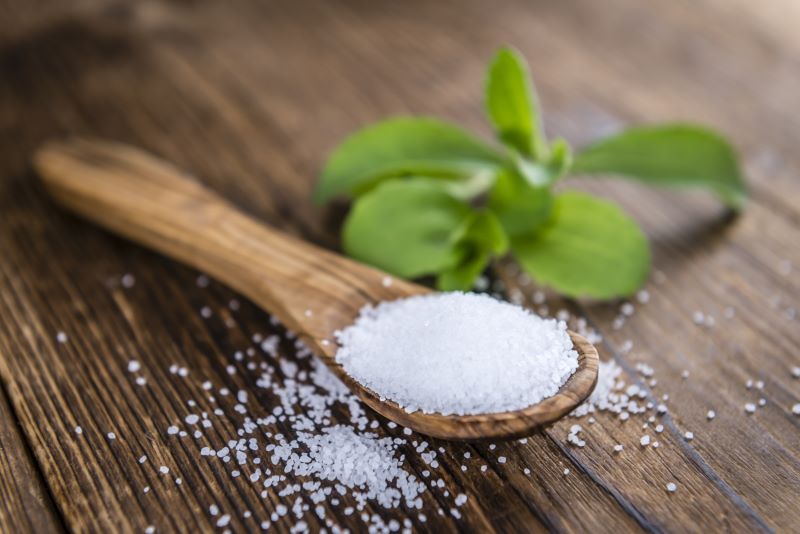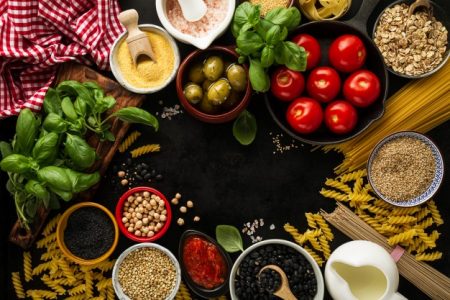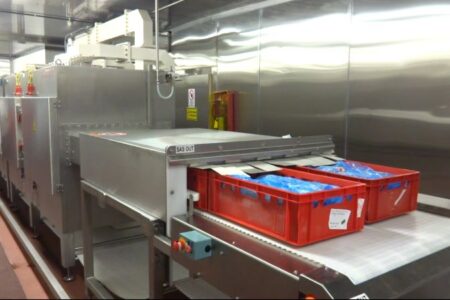Keeping sweet with sugar alternatives

Stevia. Image credit: Stock
Manufacturers have increasingly been looking for ways to reduce the amount of sugar in recipes without compromising on taste. Consumers are becoming more health-conscious but no-less demanding in the quality of their food.
Rising health concerns and more diverse dietary requirements are also forcing food businesses to consider the content of their products including how to reduce the amount of sugar present in food.
With over five million people in the UK living with diabetes and 90 per cent of diagnoses being for type 2 diabetes[1], the presence of refined sugar in our diets has become a hot topic.
Consumers and government bodies have also been demanding more transparency over what goes into their food, and with the introduction of the traffic light system on food packaging ten years ago there’s no way to hide the levels of sugar in prepared foods.
Unsurprisingly, at Airedale Group we have seen demand for our sweetener range increase by 50 per cent over the last three years with a number of excellent sugar-alternatives available – each with its own set of benefits which can transform the sugar content of products.
The natural sweetness of agave
One of our most popular and versatile sweeteners is agave. Derived from the agave plant which is native to Mexico, agave is a fantastic and natural alternative to sugar.
It has a low GI, around 10-27 compared to sugar’s glycemic index of around 63, so has little effect on blood sugar levels, making it the preferable option for diabetics. It is also a great source of dietary fibre with around 6 grammes of fibre in every 100 grammes.
Agave is also a great sugar alternative for the 2 per cent of the UK population who currently follow a 100 per cent plant-based diet as it is entirely vegan.
We have found it particularly popular in health foods such as cereal bars as it sweetens the flavour, binds the ingredients and browns the appearance.
As well as the advantages to flavour and taste, agave has many benefits for the manufacturer. It never crystallises and remains clear throughout transit making it easier to handle and store and is easily dissolved. Agave is not a seasonal plant and grows all year round, requiring very little water, so it can survive in dry conditions which makes it more robust against drought which can help stabilise its supply chain.
Being allergen-free is also a useful quality allowing manufacturers and consumers greater peace of mind and it is also considered to be superior in taste to some other artificial sweeteners and is widely used in baked goods, beverages, sweet dairy goods and baked goods.
Long-standing stevia
One of the longest-reigning sugar alternatives is stevia which has been used commercially since the 1970s. It provides intense sweetness being 200-300 times sweeter than sugar so can be highly cost-effective in recipes as it requires less quantities. The fine, white powder remains stable at a range of temperatures and pH levels making it a versatile option which is often found in cereals, ice cream and confectionery.
Its popularity is attributed to its active ingredients, stevia glycosides, which are not metabolised by the human body so has zero calories or carbohydrates, making it a hero product amongst makers of some of the world’s most recognised diet food and beverages and also appears in food cupboards around the globe as artificial sweeteners for tea and coffee.
Manufacturers should be aware that unlike other sugar-alternatives such as agave, stevia can have a slightly more bitter taste which should be accounted for when developing recipes.
Glucose syrup greatness
Glucose, or dextrose as it is also commonly known, is a simple sugar which cannot be broken down but is often combined with other sugar types. It is a natural extract taken from plants such as corn, potatoes, rice and wheat and created during photosynthesis to give its syrupy texture which is excellent at adding thickness to recipes as well as retaining moisture in a product.
It is an inexpensive product so can help keep production costs down without compromising on taste. Glucose would be a particularly appropriate ingredient for the growing energy and hypotonic drinks market given the energy stored in glucose molecules which are released once digested.
Intensely sweet sucralose
Sucralose is an artificial sweetener which is around 600 times sweeter than sugar meaning that relatively small amounts can have significant impacts in recipes. As it also remains stable under varying conditions of production, giving greater flexibility to manufacturers and its non-calorific content means it’s a highly desirable ingredient in many products including sweets, snacks, desserts and beverages.
Although the process of sucralose production starts with the sugar molecule, three of the hydrogen-oxygen groups are replaced with chlorine atoms which turns sucrose into sucralose creating an exceptionally stable sweetener that tastes like sugar, but without sugar’s calories.
With so many sugar alternatives on the market, there are many ways for manufacturers to reduce sugar in their recipes in response to changing customer demands, market conditions and recipe changes. There are different products that suit all food stuffs, whether you’re looking to create a vegan or organic formulation, increase sweetness without increasing costs or looking to improve taste and texture without increasing costs.
[1] https://www.diabetes.org.uk/about_us/news/number-people-living-diabetes-uk-tops-5-million-first-time#:~:text=Our per cent20new per cent20figures per cent20show per cent20that,2 per cent20diabetes per cent20in per cent20the per cent20UK.



